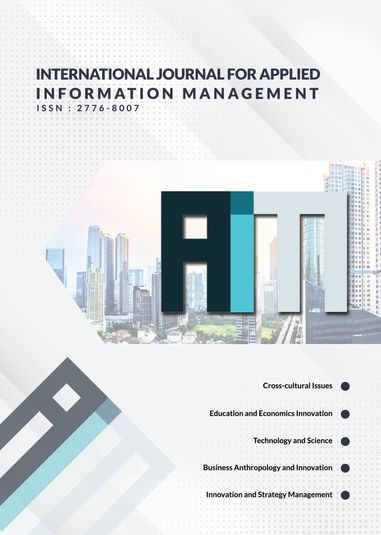Unveiling Hidden Customer Segments in E-Commerce Using DBSCAN Clustering on Demographic and Behavioral Insights
Isi Artikel Utama
Abstrak
Customer segmentation is a crucial process in e-commerce that allows businesses to tailor their marketing strategies to specific customer groups. This research applies the DBSCAN (Density-Based Spatial Clustering of Applications with Noise) algorithm to segment customers based on their demographic and behavioral data. The dataset used includes variables such as age, annual income, total spending, and campaign engagement, which are essential for identifying meaningful patterns within the customer base. The DBSCAN algorithm was chosen due to its ability to detect clusters of arbitrary shapes and handle noise, making it ideal for complex e-commerce datasets. The analysis identified one dominant customer segment, with a small portion of the data labeled as noise, indicating that the majority of customers exhibit similar behaviors. However, the results also highlight the challenge of parameter selection for DBSCAN, as the clustering outcome was sensitive to the chosen values of ε (epsilon) and MinPts. The segmentation revealed valuable insights, such as the fact that most customers share similar characteristics in terms of spending habits and engagement, yet a few outliers exist who do not align with these patterns. These findings provide a foundation for businesses to develop targeted marketing strategies based on customer segmentation. Despite the promising results, the study acknowledges limitations in the segmentation process, particularly with the influence of outliers and the need for further tuning of the algorithm's parameters. Future research could explore hybrid clustering models that combine DBSCAN with other techniques, as well as incorporating additional behavioral features for more refined segmentation. The insights gained from this research can guide businesses in crafting personalized marketing campaigns that cater to distinct customer segments.
Rincian Artikel

Artikel ini berlisensiCreative Commons Attribution-ShareAlike 4.0 International License.
Authors who publish with International Journal for Applied Information Management agree to the following terms: Authors retain copyright and grant the International Journal for Applied Information Management right of first publication with the work simultaneously licensed under a Creative Commons Attribution License (CC BY-SA 4.0) that allows others to share (copy and redistribute the material in any medium or format) and adapt (remix, transform, and build upon the material) the work for any purpose, even commercially with an acknowledgement of the work's authorship and initial publication in International Journal for Applied Information Management. Authors are able to enter into separate, additional contractual arrangements for the non-exclusive distribution of the journal's published version of the work (e.g., post it to an institutional repository or publish it in a book), with an acknowledgement of its initial publication in International Journal for Applied Information Management. Authors are permitted and encouraged to post their work online (e.g., in institutional repositories or on their website) prior to and during the submission process, as it can lead to productive exchanges, as well as earlier and greater citation of published work (See The Effect of Open Access).

